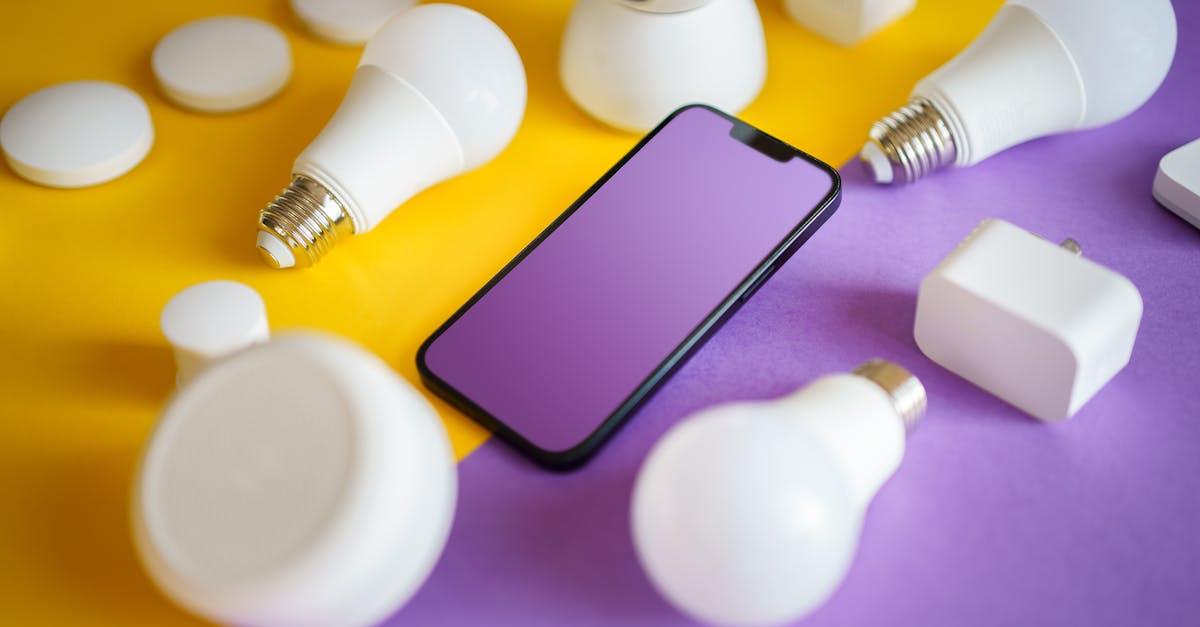IoT devices and networks are proliferating, but this growth comes with increased energy demands. Optimizing the way these devices handle data through energy-efficient algorithms is critical for sustainability and operational efficiency. This article delves into effective techniques and algorithms for reducing power consumption in IoT devices through smarter data compression.
Understanding IoT Compression
Compression techniques are essential for handling the vast amounts of data generated by IoT devices, which need to process and transmit data efficiently to conserve energy. Energy-efficient compression involves reducing the size of the data without significant loss of information, thereby reducing energy used in data processing and transmission.
Key characteristics of effective IoT compression include:
- High compression ratio: Reducing data volume significantly
- Low computational requirement: Consuming less power
- Lossless or near-lossless quality: Maintaining data integrity
Techniques for Energy Saving in IoT
Several strategies and algorithms are transforming how IoT devices achieve energy efficiency through data compression.
Adaptive Compression Methods
Adaptive compression methods adjust the compression ratios based on the type of data being processed, which optimizes both energy usage and data quality.
Usage of Advanced Algorithms
- Run-Length Encoding (RLE): Simple yet effective for data with lots of repeated content.
- Huffman Coding: Frequently used because of its efficiency in reducing the average code length used to represent the data symbols.
Implementing these algorithms can significantly decrease the power consumption of IoT devices.
Implementing Low Power IoT Compression
Adopting low-power compression techniques requires careful planning and testing. IoT developers can leverage existing frameworks or develop custom solutions tailored to specific needs of IoT environments.
Steps for implementation include:
- Evaluate data types: Understanding what kind of data is being processed.
- Choose the right algorithm: Based on the data evaluation, select an appropriate compression method.
- Integration testing: Ensure the algorithm performs well within the IoT ecosystem.
Case Studies and Real-World Usage
Exploring how different industries implement these techniques can provide practical insights:
- Smart Home Devices: Using light data compression to enhance communication efficiency without draining power.
- Health Monitoring Systems: Employing algorithms that prioritize data integrity and quick processing.
These examples illustrate that practical applications of IoT compression vary widely, each with unique demands and benefits.
Conclusion
As IoT devices become ubiquitous, optimizing their operation through energy-efficient data compression is paramount. By implementing advanced algorithms and techniques, developers can ensure these devices not only perform optimally but also sustainably. Future advancements will likely focus on even more sophisticated methods that promise greater efficiency and lower power consumptions.

Latest Articles

Best Laptop for Remote Work in 2023
Discover how to choose the perfect laptop for remote work with our expert guide on performance, budget, and must-have features.

Boost Remote Work Efficiency with Google Workspace
Discover how Google Workspace tools can streamline remote work, enhance collaboration, and boost productivity for teams.

Boost Remote Work Productivity with AI Tools in 2024
Discover how AI tools can enhance remote work productivity in 2024. Learn top strategies and tools to streamline your workflow.

Boost Remote Work with Miro Templates
Discover how Miro templates can streamline remote collaboration and boost productivity. Learn the best practices today!

Boost Remote Work with Krisp Noise Cancellation
Learn how Krisp enhances remote work by eliminating background noise. Discover setup tips and best practices for crystal-clear calls.

How to Set Up Dual Monitors for Remote Work
Learn the step-by-step process to set up dual monitors for remote work, boosting productivity and efficiency.
